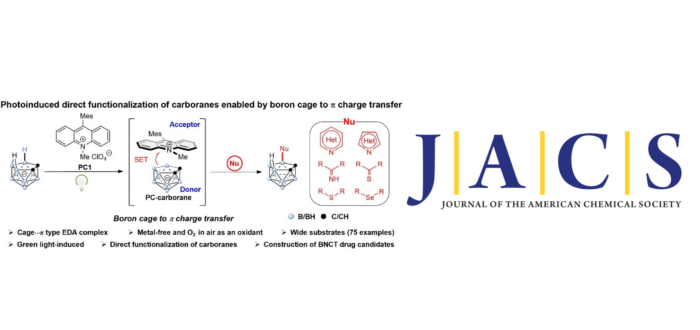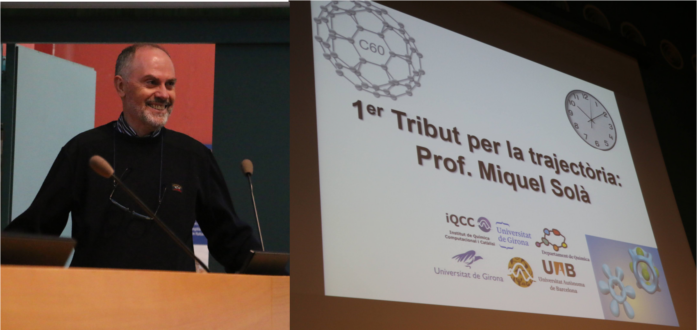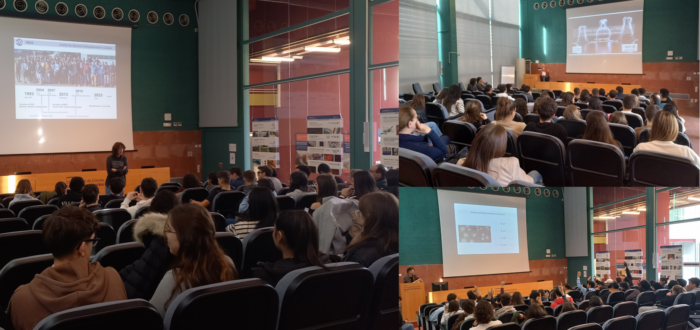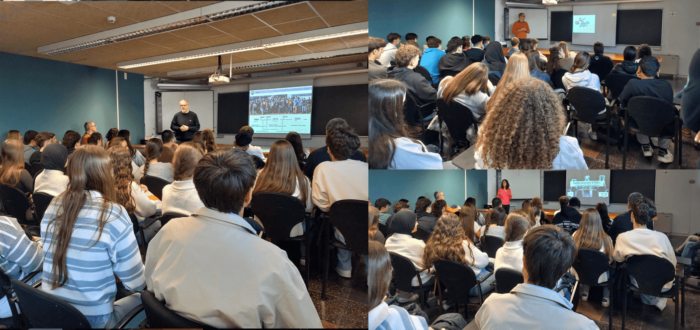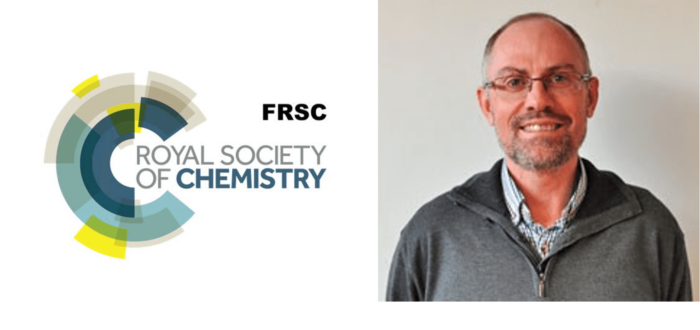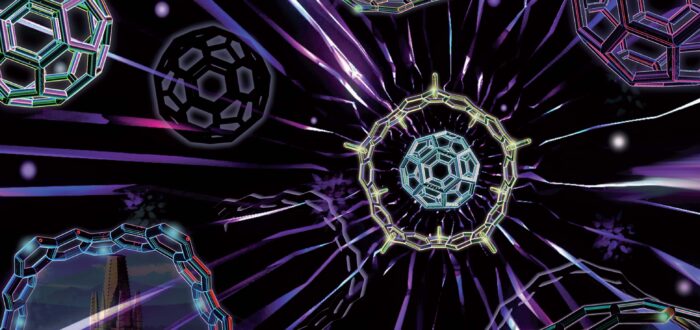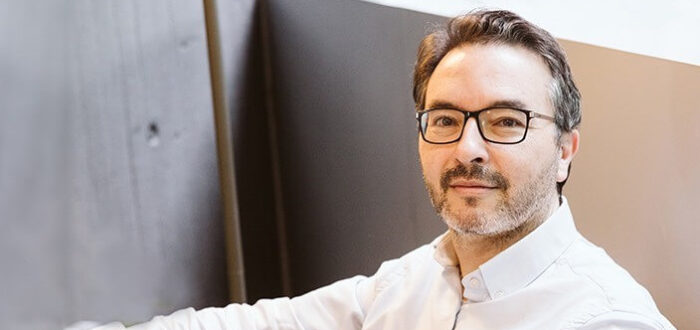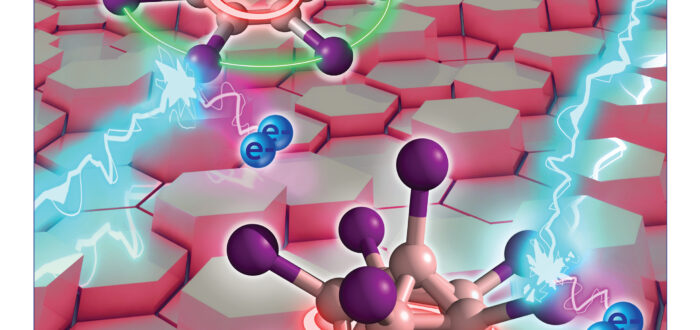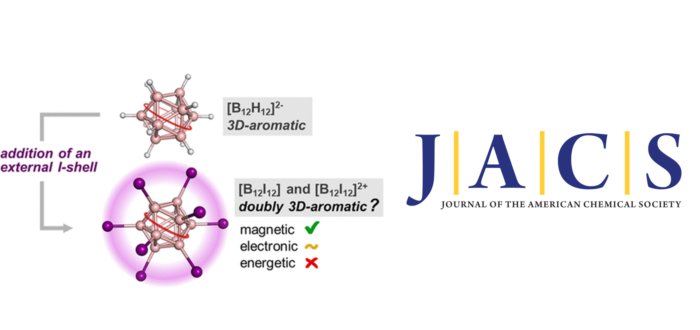On April 4th, Dr. Albert Artigas started his MSCA post-docotral project entitled singlet fission in fullerene-based single-material organic solar cells (Full-Fission) under the supervision of Prof. Miquel Solà and co-supervision of Prof. Anna Roglans at the Institute of Computational Chemistry and Catalysis (IQCC) of the University of Girona (UdG). This 2-year fellowship will allow Dr. Albert
- sec.iqcc@udg.edu
- +34 972 41 83 57
Category: Miquel Solà news
The development of new synthetic methods for B–H bond activation has been an important research area in boron cluster chemistry, which may provide opportunities to broaden the application scope of boron clusters. Herein, we present a new reaction strategy for the direct site-selective B–H functionalization of nido-carboranes initiated by photoinduced cage activation via a noncovalent cage···?
Last 28th February took place the 60 years celebration of Prof. Miquel Solà. This wonderful moment was celebrated by a symposium in Girona. Schedule (Aula Magna, Science Faculty) 10.30h Opening by Director of Department of Chemistry Dr. Albert Poater 0.35h Prof. Agustí Lledós – “La química teòrica des dels 80s a la UAB” 11.00h
A few times a year, the IQCC opens its doors and gives the opportunity to high-school students to know our work through exciting lectures and computational and experimental workshops. This provides the secondary school pupils the possibility to get a feel for the research and have real-time chemistry in their hands. Last 22nd February, it was
A few times a year, the IQCC opens its doors and gives the opportunity to high-school students to know our work through exciting lectures and computational and experimental workshops. This provides the secondary school pupils the possibility to get a feel for the research and have real-time chemistry in their hands. Last 8th February, it
Miquel Solà has recently been selected as a Fellow of the Royal Society of Chemistry (RSC). This scientific society, founded in 1980, aims to promote the understanding and advancement of the chemical sciences. Although the vast majority of more than 50,000 members of the association are British, this is also open to researchers from around the world.
The Nanoscale journal features on its inside front cover the recently published research article “A step towards rational design of carbon nanobelts with tunable electronic properties” by Gibu George, Dr. Olga A. Stasyuk, Prof. Miquel Solà, Dr. Anton J. Stasyuk. Can you see Sant Feliu church and the Cathedral of our beloved Girona?. The cover was
Dr. Jordi Mestres (Girona, 1967) graduated in chemistry in 1990 from the Autonomous University of Barcelona (UAB) and received his doctorate in 1995 (specializing in computational chemistry) from the University of Girona, with short research stays at the Université de Paris-Sud (Paris, France; 1992) and Rice University (Houston, USA; 1993). Parallel to his research
Journal of the American Chemical Society features on its supplementary cover the recently published research article “Single-Not Double-3D-Aromaticity in an Oxidized Closo Icosahedral Dodecaiodo-Dodecaborate Cluster”. 3D-aromatic molecules with (distorted) tetrahedral, octahedral, or spherical structures are much less common than typical 2D-aromatic species or even 2D-aromatic-in-3D systems. Closo boranes, [BnHn]2– (5 < n < 14) and carboranes are examples of compounds
3D-aromatic compounds are scarce. The first known species with 3D-aromaticity were the closo boranes, such as [B10H10]2- or [B12H12]2- and derivatives. Not only closo boranes, but also carboranes, which result from single or double substitution of BH by isoelectronic CH+ units in closo boranes, are 3D-aromatic compounds. Apart from closo (car)boranes, fullerenes in certain spin


